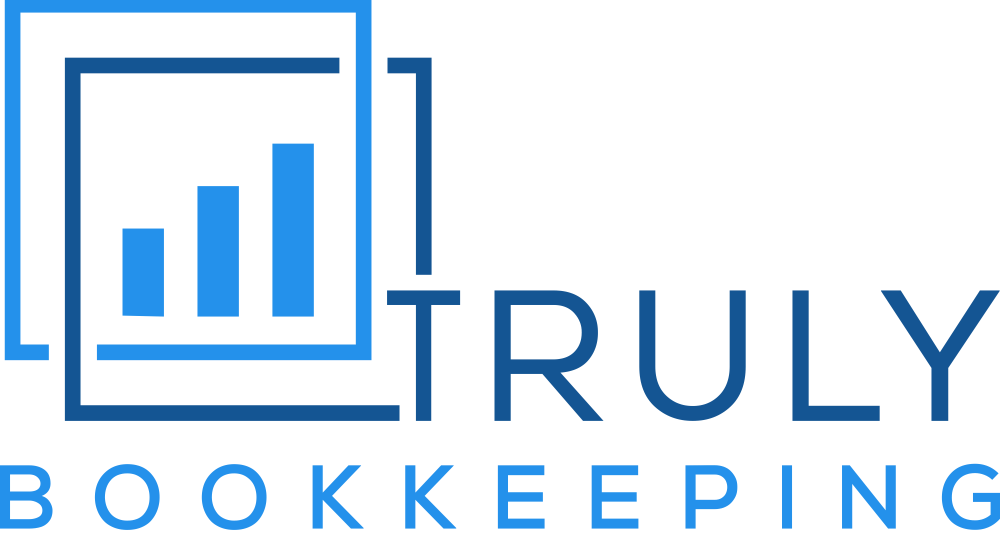Understanding Financial Statements: A Beginner’s Guide

As a small business owner, you’re no stranger to the importance of maintaining a solid grasp of your company’s financial health. Often, the world of finances can be overwhelming, filled with complex jargon and seemingly insurmountable numbers. But, fret not! In this beginner’s guide, Truly Bookkeeping will walk you through the fundamental components of financial statements, namely balance sheets, income statements, and cash flow statements, and show you how these crucial tools can empower you to make informed decisions about your business’s financial future.
1. Balance Sheets: Taking Stock of Your Assets and Liabilities
Think of a balance sheet as a financial snapshot of your business at a specific moment in time. It comprises two main sections: assets and liabilities, and owner’s equity. For non-profits, the balance sheet is referred to as the Statement of Financial Position.
– Assets represent everything your business owns, such as cash, accounts receivable, inventory, equipment, and property. These are resources that generate value for your business.
– Liabilities encompass your business’s debts and obligations, including loans, accounts payable, and accrued expenses.
– Owner’s Equity is the remaining value after deducting liabilities from assets. It indicates the owner’s stake or investment in the business.
Understanding your balance sheet helps you gauge the financial strength and solvency of your business. If assets exceed liabilities, your business is considered solvent, but if the opposite is true, it may indicate financial risk.
2. Income Statements: Unveiling Your Profits and Losses
An income statement, also known as a profit and loss statement, offers a detailed account of your business’s revenues, expenses, and profits (or losses) over a specific period, typically a month, quarter, or year. For non-profits, the P&L is referred to as the Statement of Activity.
– Revenue refers to the total income generated from sales, services, or other business activities.
– Expenses encompass all the costs incurred in running your business, such as salaries, rent, utilities, and marketing expenses.
– Profit (or Loss) is calculated by subtracting total expenses from revenue. A positive figure indicates a profit, while a negative one indicates a loss.
Income statements help you monitor your business’s profitability and efficiency. By analyzing this statement regularly, you can identify trends and make informed decisions about cost-cutting measures or potential areas for revenue growth.
3. Cash Flow Statements: Monitoring Your Cash Movement
While the balance sheet and income statement focus on the overall financial position, the cash flow statement highlights the movement of cash in and out of your business during a specific period.
The cash flow statement consists of three categories:
– Operating Activities: These reflect cash transactions related to your primary business operations, such as sales and expenses.
– Investing Activities: This category tracks cash transactions related to investments in assets or securities.
-*Financing Activities: These include cash transactions involving loans, equity investments, and dividends.
Maintaining a healthy cash flow is vital for the day-to-day operations and growth of your business. A positive cash flow ensures you have enough money to cover expenses and invest in future opportunities.
Assessing Your Business’s Financial Health
Understanding and analyzing these financial statements provides valuable insights into your business’s financial health. By regularly reviewing them, you can:
- Identify Potential Issues: Uncover any financial red flags, such as declining revenues or mounting debt, which might require immediate attention.
- Make Informed Decisions: Armed with this knowledge, you can confidently make decisions about expanding your business, hiring new staff, or investing in new equipment.
- Secure Funding: When seeking loans or investments, a well-prepared financial statement gives lenders and investors the confidence they need to support your business.
- Set Realistic Goals: Financial statements act as benchmarks against which you can measure your business’s progress and set achievable objectives.
In conclusion, financial statements are powerful tools for any small business owner to assess the overall financial health of their enterprise. At Truly Bookkeeping, we pride ourselves on providing accurate and up-to-date financial information, allowing you to focus on what you do best – growing your business.
Remember, financial management is not just about tracking numbers; it’s about gaining a deeper understanding of your business’s strengths, weaknesses, and potential. Empower yourself with this financial knowledge, and together, we can ensure a bright and prosperous future for your business!
Are you making these mistakes? Check out our blog, 10 common Bookkeeping Mistakes and How to Avoid Them.
